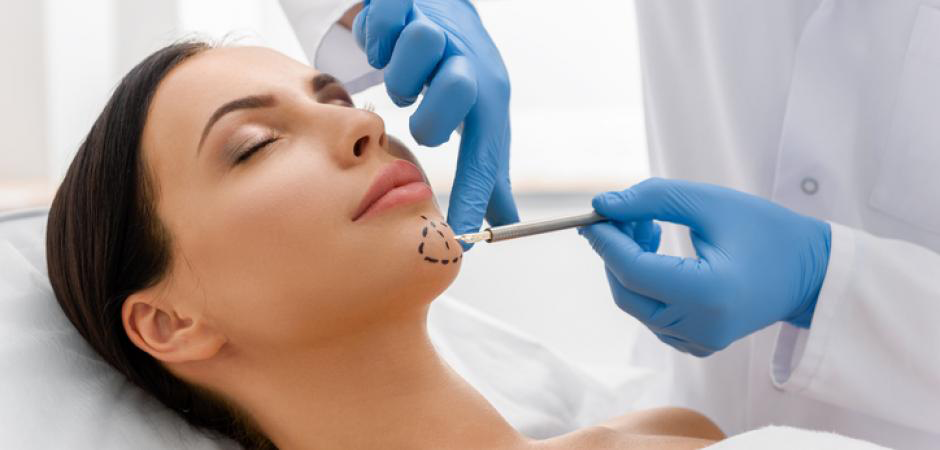If you have always wondered about what exactly goes into plastic surgery, this article is the perfect guide to getting started. Learn about Cosmetic and Reconstructive surgeries, microsurgery, and burn treatments, as well as the various types of plastic surgery. You can also learn more about the benefits of microsurgery. After reading this article, you will be better equipped to make the right choice for your surgery. Plastic surgeons in Raleigh, North Carolina, for instance, provide a comprehensive list of all procedures available.

Cosmetic surgery
If you are considering cosmetic surgery, you should learn more about the various procedures available. Typically, people undergo the procedure to improve the look of their face, nose, and other body parts. It is also used to smooth scars. The benefits of plastic surgery are many. But there are risks associated with this type of surgery. This article will provide an overview of plastic surgery so you can make an informed decision.
Cosmetic procedures are categorized into three main areas: body contouring, face lifts, and facial surgeries. In the case of facial surgery, a doctor will use a machine to inject natural pigments into the skin at a very high rate. The procedure is also known as liposuction. While some patients undergo liposuction to increase the size of their lips, other patients may choose a procedure that will tighten the tissue of their eyelids or a part of the face.
Reconstructive surgery
Reconstructive surgery is one type of cosmetic plastic surgery. The goal of the procedure is to restore an individual’s appearance to how they would like. First, the doctor will evaluate the patient’s condition and discuss options for reconstructive surgery. Afterward, they will discuss postoperative care and life after surgery. Here are some examples of reconstructive surgery. Read on to learn more. Reconstructive surgery involves reconstructing facial and body tissue defects.
The term “plastic” comes from the Greek word plastikos. Reconstructive plastic surgery involves repairing or replacing typical body structures that have been damaged by accidents or disease. These procedures are often performed to improve a patient’s appearance or correct an ailment or illness. It is important to note that these procedures are considered medically necessary and therefore are covered by many insurance plans.
Microsurgery
A microsurgery procedure is a common method of reconstructive surgery, but it can also have some risks. Patients should be aware of these risks before undergoing the procedure. If you have questions, ask your doctor about them. They can answer them and help you decide if microsurgery is right for you. The following are some of the common risks associated with microsurgery.
In addition to performing microsurgical resection, this procedure involves transferring tissue from another area. The procedure takes between three and twelve hours. Patients are kept warm and hydrated for several days afterward. Generally, microsurgical flaps do not require a blood transfusion. During this time, patients are monitored for urine output and blood pressure. Although patients rarely experience excessive blood loss during microsurgical procedures, arterial or central lines are seldom needed. However, microsurgical replantation may result in some blood loss, so blood transfusion is required for major replantations.
Burn treatments
In severe cases, burns may require skin grafts or permanent scar reconstruction. These procedures require the removal of healthy skin from other areas of the body, which is then transplanted to the affected area. In some cases, several skin graft operations may be necessary, and the surgeon will consider the specific situation before making the final decision. Free flap surgery is also an option and involves transferring muscle, skin, and blood to the burned area. This procedure can help patients recover and look good, even if they have extensive scarring and need multiple operations.
Aside from skin grafts, burn treatments in plastic surgery also involve the reattachment of skin from different body parts. This procedure may be more efficient than skin grafts in some instances. In addition, it may be possible to perform scar revision to address issues such as hypertrophic scarring, keloids, and contracture. For patients with severe burns, plastic surgery may be an excellent option.
Emerging techniques
Advancements in energy-based devices are making preoperative planning more accessible and more accurate. In addition, these technologies are advancing rapidly, allowing physicians to achieve excellent results with minimal downtime. Percutaneous energy-based devices like lasers are a promising addition to the arsenal of techniques in plastic surgery. They may be combined with traditional surgical procedures to achieve more precise and customized results. Read on to learn more about these advanced technologies.
The authors of Clinics in Plastic Surgery analyze state-of-the-art treatments in facial and body contouring. They aim to provide plastic surgeons with clinical insights on these emerging techniques. Injectables, for example, may be used in nonsurgical procedures to eliminate double chins. Body contouring techniques include liposuction and tummy tucks. Another emerging process, called micro lifting, uses technology to lift sagging skin on the neck and jawline.
